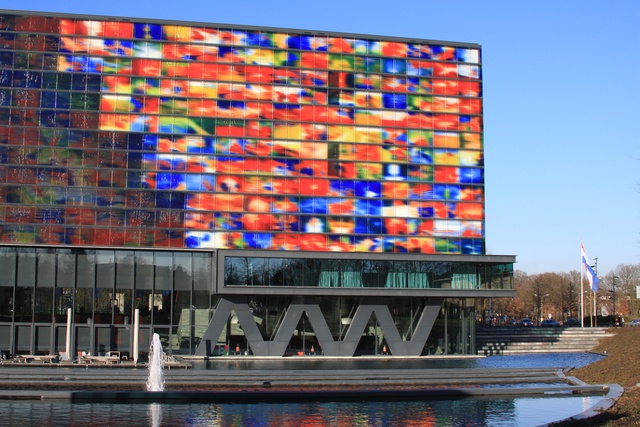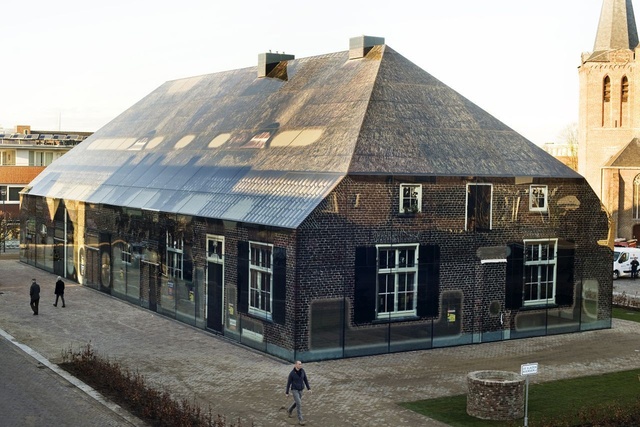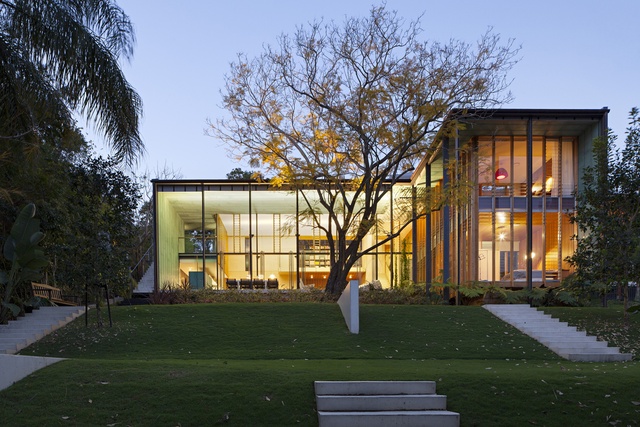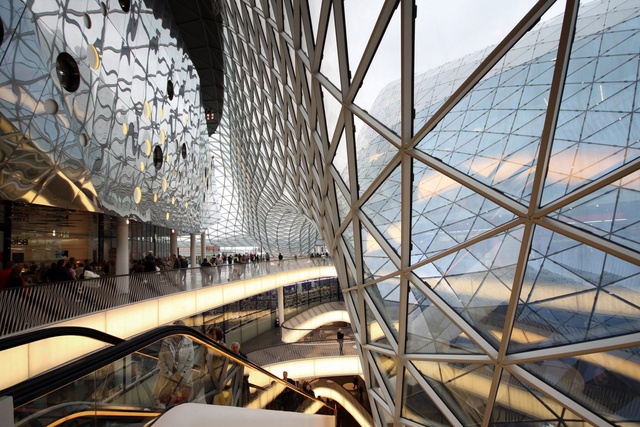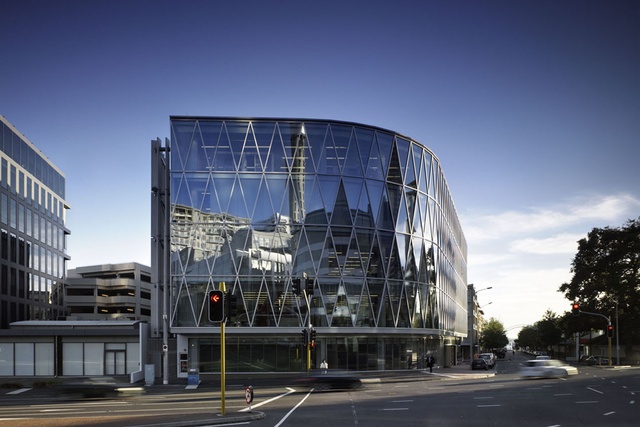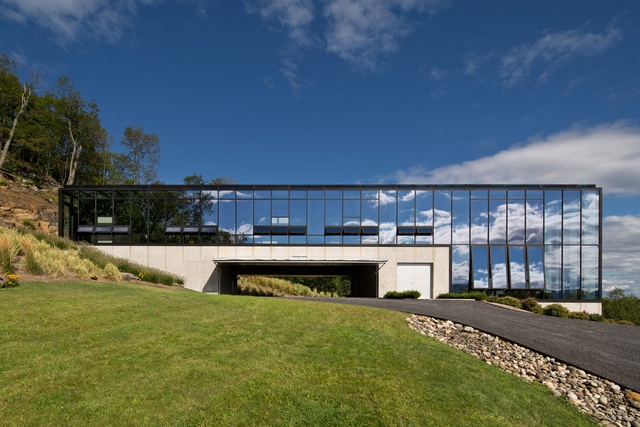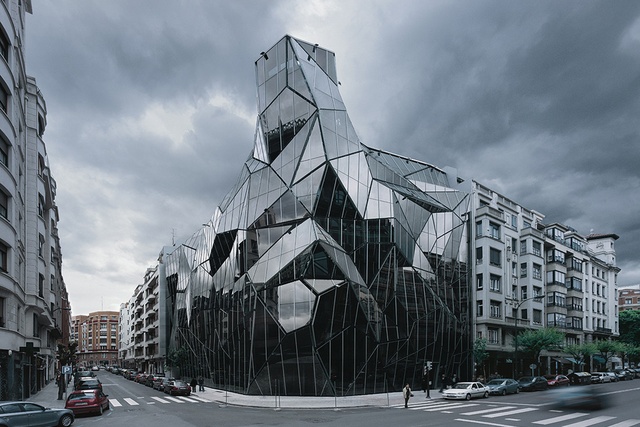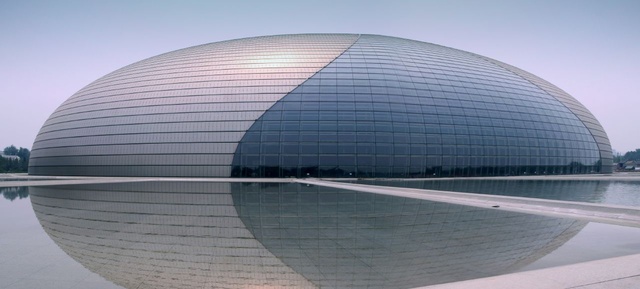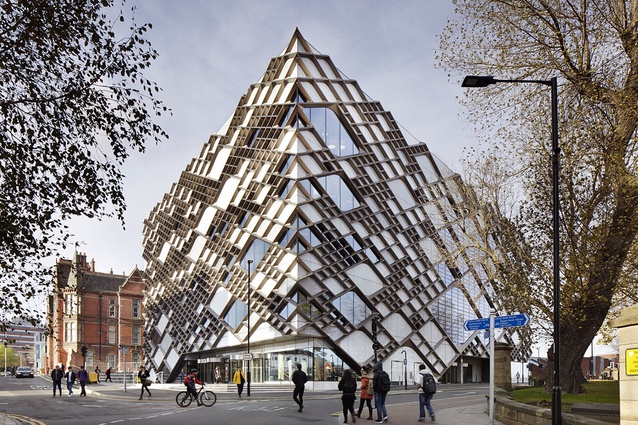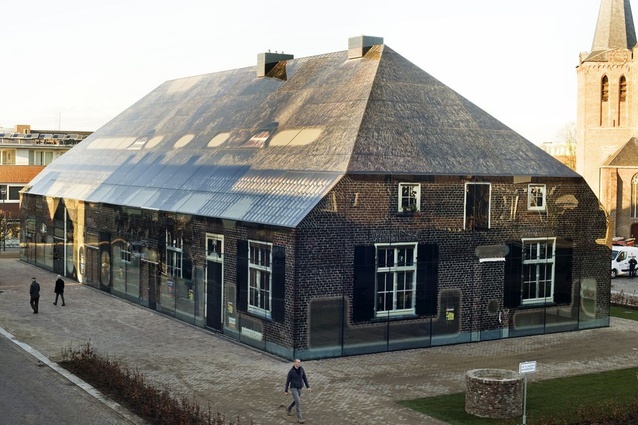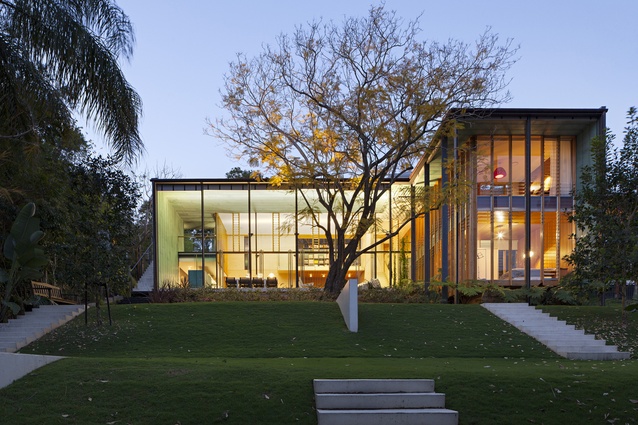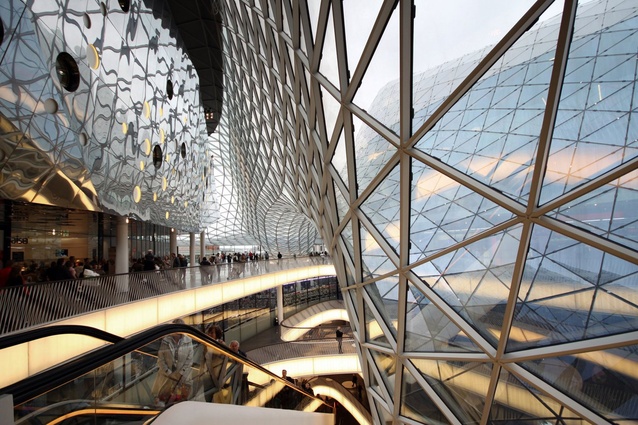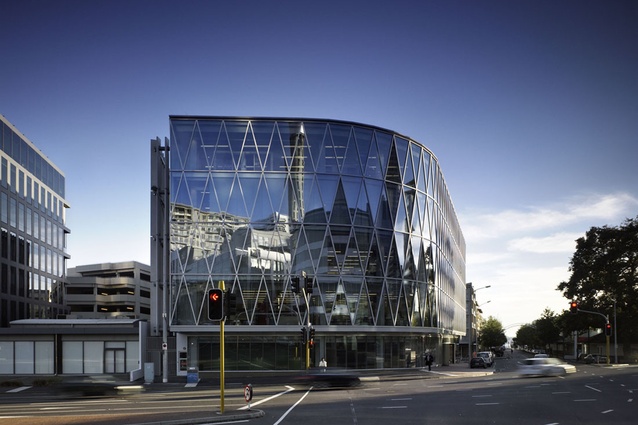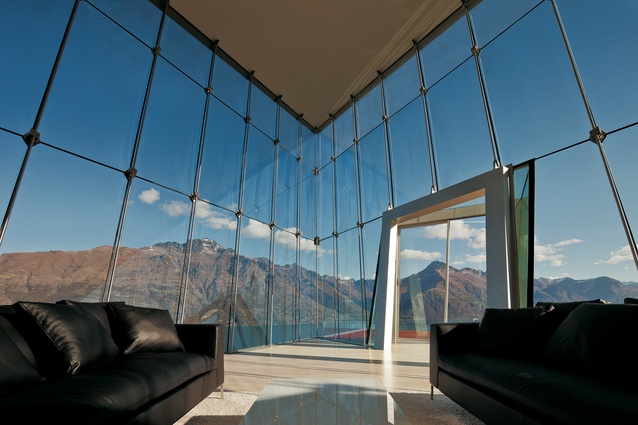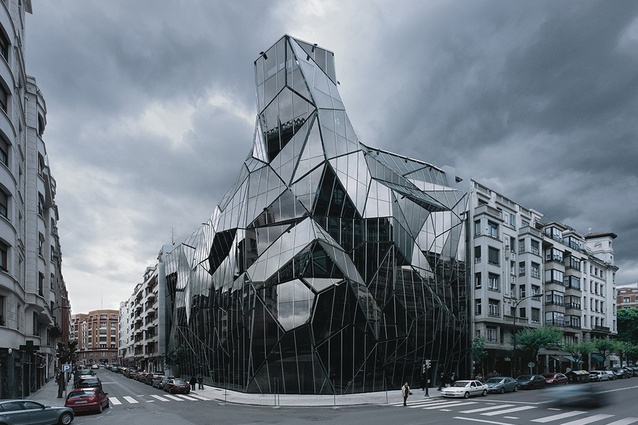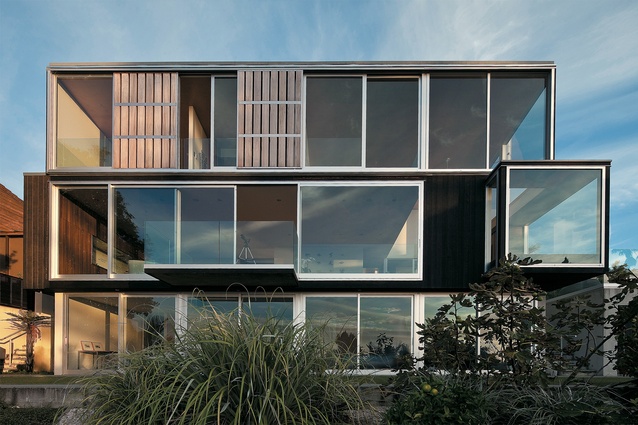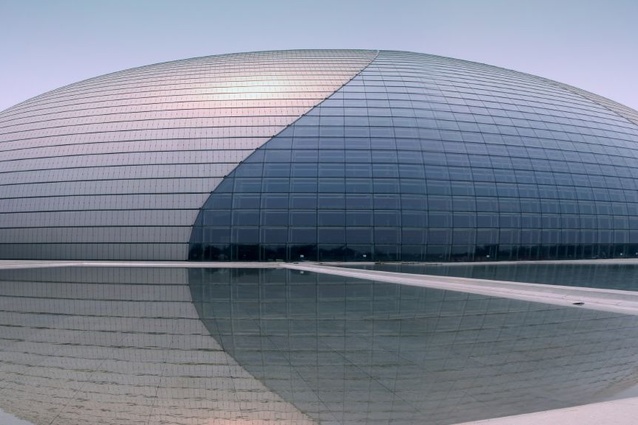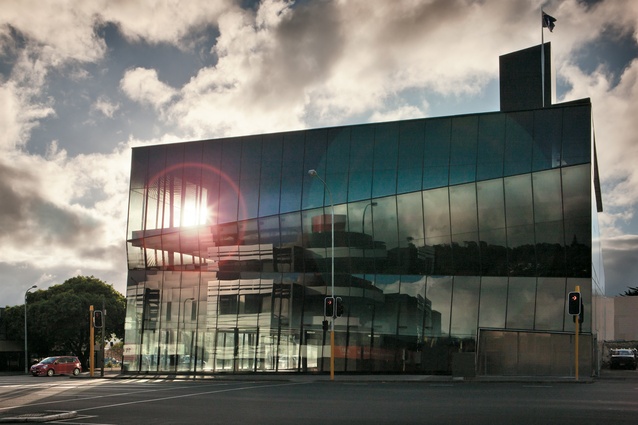Editor’s choice: glass
Architecturally, glass has proved itself to be a highly functional and decorative material, with ongoing developments in glazing products giving architects the opportunity to redefine its potential and offering a higher degree of creativity than ever before.
Here, we feature 15 recent projects from New Zealand and overseas that illustrate the wide range of effects and styles that can be achieved through the use of this versatile material.
The use of glass in architecture has come a long way from the time when individual glass blocks were used in small window applications intended to keep the weather out, to allow some light in and to provide a view to the outside. Today, architectural glass is used to control heat-gain/heat-loss, to provide thermal comfort, to allow natural daylighting of buildings, and for safety and protection, along with the opportunity to create a variety of pleasing effects and styles.
Mies van der Rohe was one of the first well-known architects that pioneered the extensive use of glass in buildings. The continuous glass walls that featured in van der Rohe’s projects such as the 1951 Farnsworth House in Illinois introduced a new level of simplicity and transparency that also connected humans directly with nature.

Glass is used in a variety of elements in modern projects, from windows, curtain walls, roofs and sculptural façades to interior elements such as staircases and floors. This versatile building material blurs the boundaries between interior and exterior space while also giving inhabitants the option to be shielded from prying eyes with switchable privacy glass.
The use of glass allows for 360-degree views if desired, and floor-to-ceiling windows ensure that the maximum amount of daylight can enter the building, which has been proven to be highly important for productivity and creativity in the modern workplace.

Technological developments such as solar control glazing means that glass can make a positive contribution to the sustainability of a building while also providing high visible light transmittance and reduce glare. Double-glazing provides sound insulation and high-performance low-E coatings allow for a high level of thermal insulation that maximises natural light and solar gain but minimises the loss of that heat when it matters most.
The glass used on the Birkenhead House is clear Sunergy high-performance low-E, grade A safety glass. On the benefits of using this material, Paul Clarke of Studio 2 Architects comments, “The use of this glass combined with sliding timber screens gives the house an adaptability to change the feeling of the spaces while still maintaining the magnificent views over the Auckland harbour.”
Today, there is a wide range of exterior glass façades or internal fitouts available for different functions, with a broad range of effects, patterns and colours. The combination of glass combined with stone, wood or metal allows architects and designers the ability to create unusual and striking glass buildings that respond well to different climates and environments.
Glass creates a sleek and modern façade that reflects and blends into surroundings and creates a connection with the outside world. With the ongoing collaboration between architects and engineers specifically trained in glass products and properties, we are certain to see an abundance of novel and innovative glass projects in both the commercial and residential fields in the near future.
See images below and the slideshow above for a range of projects from New Zealand and overseas that utilise glass to its best ability. Follow the links under selected images for more information on the building.
